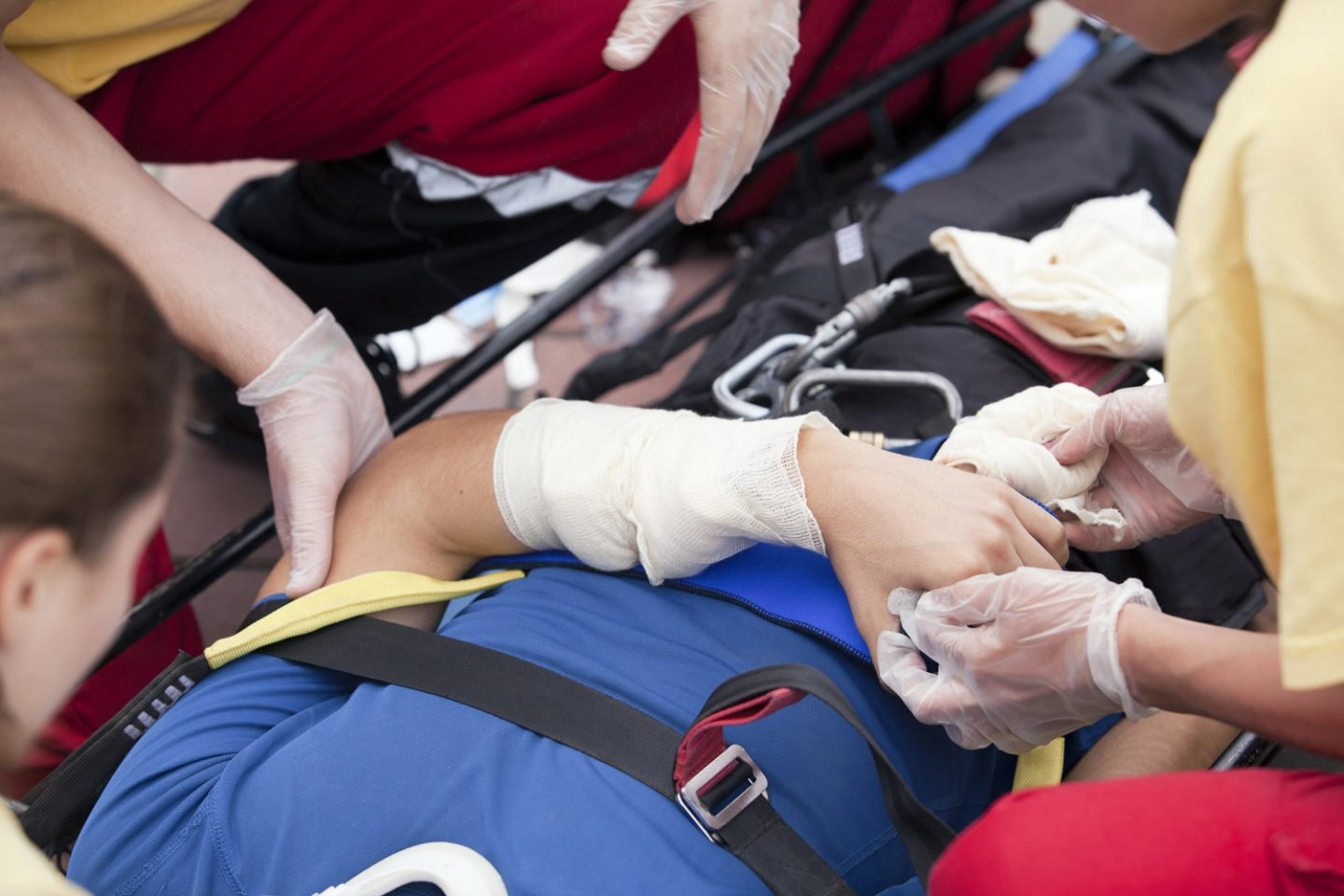
Accidents and emergencies can strike at any time, often when we least expect them. In these critical moments, having a basic understanding of first aid can make all the difference between life and death. First aid is the initial assistance or care provided to someone who is injured or suddenly becomes ill. In this article, we will explore what basic first aid is and when we need it, emphasizing the importance of acquiring this essential skill. You can also get the first aid training by 141shootingrange if you’re in arkansas.
What is Basic First Aid?
Basic first aid encompasses a set of simple, yet potentially life-saving techniques and actions that can be administered to an injured or ill person before professional medical help arrives. It aims to stabilize the individual’s condition, prevent further harm, and promote the healing process. While first aid doesn’t replace the need for professional medical attention, it serves as a crucial bridge between the moment of injury or illness and the arrival of medical professionals.
When Do We Need Basic First Aid?
Accidents at Home:
Home is where many accidents occur. From minor cuts and burns to more serious injuries, having knowledge of basic first aid can help you respond swiftly and effectively. For instance, knowing how to clean and dress a wound can prevent infection and minimize scarring.
Road Accidents:
Motor vehicle accidents are unfortunately common. Being able to provide first aid at the scene can be life-saving. Actions like controlling bleeding or maintaining a clear airway can make a significant difference.
Heart Attacks and Strokes:
These medical emergencies require immediate attention. Recognizing the signs and symptoms and knowing how to perform CPR (cardiopulmonary resuscitation) can greatly increase the chances of survival.
Choking:
Whether it’s a child swallowing a small object or an adult choking on food, knowing how to perform the Heimlich maneuver can save a life.
Burns:
Understanding the different types of burns and how to provide first aid, such as cooling the burn with running water, is crucial in minimizing damage and relieving pain.
Allergic Reactions:
Severe allergic reactions can lead to anaphylaxis, a life-threatening condition. Administering an EpiPen and calling for emergency help is essential in this situation.
Seizures:
Knowing how to protect someone during a seizure, keeping them safe from harm, and offering reassurance can make a big difference until medical assistance arrives.
Injuries at Work or School:
Accidents can happen anywhere. In workplaces or schools, basic first aid knowledge is essential for providing immediate care to colleagues or students until professional help arrives.
Conclusion
Basic first aid is not just a skill for medical professionals; it’s a skill for everyone. Accidents and emergencies can happen anywhere, and knowing how to respond effectively can save lives. While this article provides a brief overview of what basic first aid is and when it is needed, it is essential to undergo formal first aid training to gain a deeper understanding and practical experience. By learning basic first aid, you become better prepared to handle unexpected situations, provide assistance to those in need, and make a positive impact during critical moments. In the end, the knowledge and confidence you gain could be the difference between life and death.
